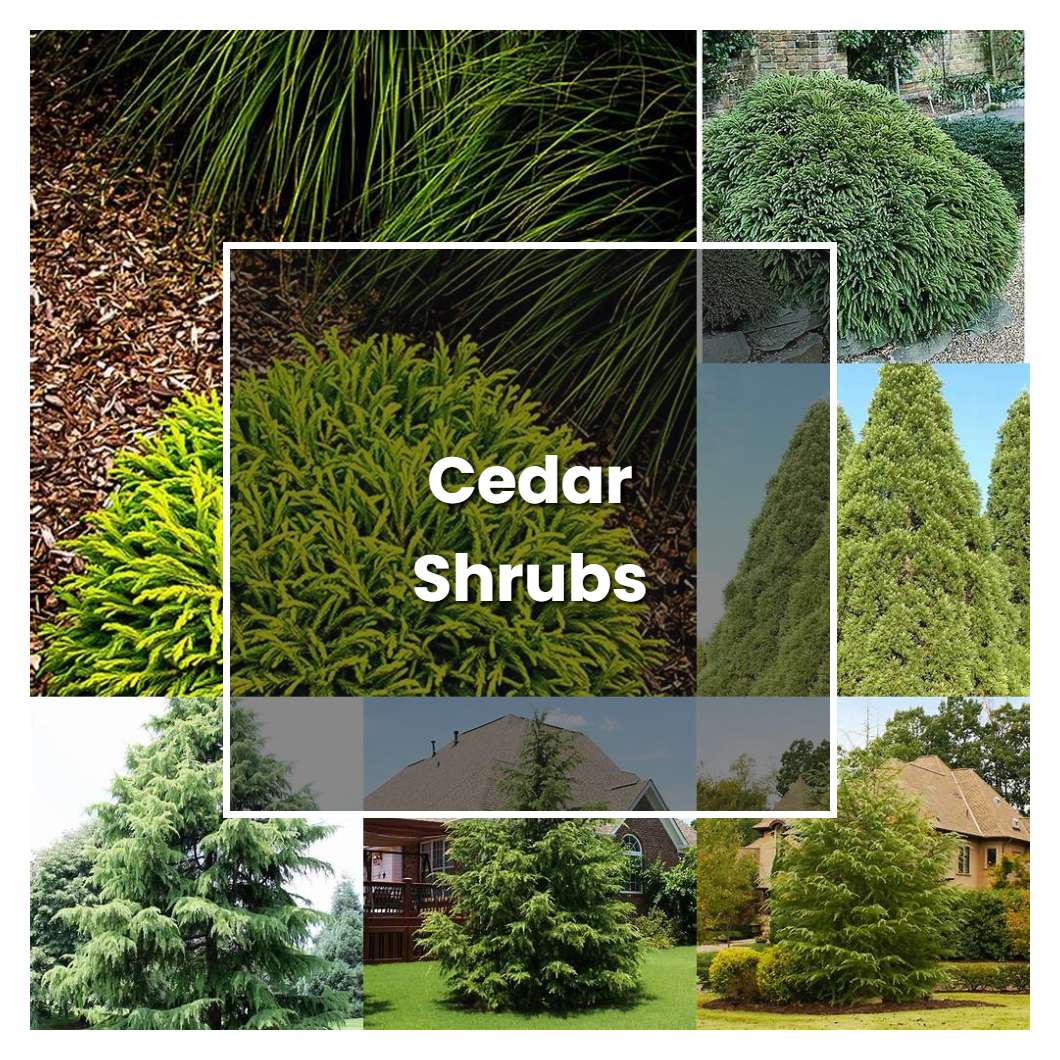Cedar shrubs is a popular plant that is known for its distinct aroma and its many benefits. The plant is native to North America and is commonly used in landscaping. Cedar shrubs are known to be low maintenance and are able to thrive in a variety of climates. The plant is also known for its ability to deter pests, making it an ideal choice for those who are looking for a natural way to protect their home.

Related plant:
Emerald Cedar Hedge
Related plant:
Cedar Tree
About soil condition, cedar shrubs prefers well-drained to moist soil, but can also grow in dry, sandy soil. They are tolerant of different soil types, but prefer slightly acidic to neutral soil. Chalk and limestone soils are also suitable for cedar shrubs.
Not too different with other plants, cedar shrubs need sun to grow. They prefer full sun, but will also do well in partial sun. If you live in an area with hot summers, it's best to plant your cedar shrub in a spot that gets some afternoon shade.
The temperature conditions that are ideal for growing cedar shrubs are those that are cool and moist. The shrubs do not tolerate heat well and will often die back in hot, dry conditions. They need some protection from the full sun, so a site that is shaded for part of the day is ideal.
Ideal humidity condition for this plant is 60-70%. If the humidity is too low, the leaves will start to turn brown and drop off. If the humidity is too high, the leaves will start to yellow and drop off.
Discussing fertilizer, this family of plant is not too needy when it comes to added foods. In fact, over-fertilizing can actually be detrimental to these plants. A light feeding in early spring, with a organic-based fertilizer, is all that is really needed to keep them looking their best. As for the roots, cedar shrubs have a very fibrous root system that really doesn't require a lot of extra attention. Once they are established, they are very drought tolerant and don't need a lot of supplemental watering.
Pruning is an important part of caring for cedar shrubs. It helps to encourage new growth and keep the shrub looking its best. Pruning also helps to control the size and shape of the shrub. Cedar shrubs can be pruned in late winter or early spring.
Propagation is easy from semi-ripe cuttings taken in late summer, or from seed in autumn. Sow seed in a cold frame as soon as it is ripe. Semi-ripe cuttings can be taken with a heel, in late summer. Use a sharp knife to take a 7-10cm (3-4in) cutting from new growth, and plant it immediately in a sandy, well-drained soil in a cold frame or sheltered border. Firm in well and water regularly.
Usually, the plant growth rate falls in between 6 to 12 inches a year. However, some cedar species grow at a much slower or faster rate. The actual growth rate of a cedar shrub depends on a number of factors, such as the species of cedar, the age of the plant, the quality of the soil, the amount of sunlight, and the amount of water.
Common problems for this kind of plant are aphids, bagworms, and spider mites. These problems can cause the shrub to become stunted, have yellow leaves, and even die. To control these pests, you can use insecticidal soap, horticultural oil, or neem oil.
Source:
Managing Pests in Gardens: Trees and Shrubs: CedarUC IPM - ucanr.edu
Cedar | Texas Natural Resources Server
Eastern Red Cedar | North Carolina Cooperative Extension
